Jeff Schwartz - Free Jazz : A Research and Information Guide
Here you can read online Jeff Schwartz - Free Jazz : A Research and Information Guide full text of the book (entire story) in english for free. Download pdf and epub, get meaning, cover and reviews about this ebook. year: 2018, publisher: Taylor & Francis (CAM), genre: Detective and thriller. Description of the work, (preface) as well as reviews are available. Best literature library LitArk.com created for fans of good reading and offers a wide selection of genres:
Romance novel
Science fiction
Adventure
Detective
Science
History
Home and family
Prose
Art
Politics
Computer
Non-fiction
Religion
Business
Children
Humor
Choose a favorite category and find really read worthwhile books. Enjoy immersion in the world of imagination, feel the emotions of the characters or learn something new for yourself, make an fascinating discovery.
- Book:Free Jazz : A Research and Information Guide
- Author:
- Publisher:Taylor & Francis (CAM)
- Genre:
- Year:2018
- Rating:3 / 5
- Favourites:Add to favourites
- Your mark:
- 60
- 1
- 2
- 3
- 4
- 5
Free Jazz : A Research and Information Guide: summary, description and annotation
We offer to read an annotation, description, summary or preface (depends on what the author of the book "Free Jazz : A Research and Information Guide" wrote himself). If you haven't found the necessary information about the book — write in the comments, we will try to find it.
Jeff Schwartz: author's other books
Who wrote Free Jazz : A Research and Information Guide? Find out the surname, the name of the author of the book and a list of all author's works by series.
Free Jazz : A Research and Information Guide — read online for free the complete book (whole text) full work
Below is the text of the book, divided by pages. System saving the place of the last page read, allows you to conveniently read the book "Free Jazz : A Research and Information Guide" online for free, without having to search again every time where you left off. Put a bookmark, and you can go to the page where you finished reading at any time.
Font size:
Interval:
Bookmark:
First published 2018
by Routledge
711 Third Avenue, New York, NY 10017
and by Routledge
2 Park Square, Milton Park, Abingdon, Oxon, OX14 4RN
Routledge is an imprint of the Taylor & Francis Group, an informa business
2018 Taylor & Francis
The right of Jeff Schwartz to be identified as author of this work has been asserted by him in accordance with sections 77 and 78 of the Copyright, Designs and Patents Act 1988.
All rights reserved. No part of this book may be reprinted or reproduced or utilised in any form or by any electronic, mechanical, or other means, now known or hereafter invented, including photocopying and recording, or in any information storage or retrieval system, without permission in writing from the publishers.
Trademark notice: Product or corporate names may be trademarks or registered trademarks, and are used only for identification and explanation without intent to infringe.
Library of Congress Cataloging-in-Publication Data
Names: Schwartz, Jeff, author.
Title: Free jazz: a research and information guide/Jeff Schwartz.
Other titles: Routledge music bibliographies.
Description: New York ; London: Routledge, 2018. | Series: Routledge music bibliographies
Identifiers: LCCN 2017051499 | ISBN 9781138232679 (hardback)
Subjects: LCSH: Free jazzBibliography.
Classification: LCC ML128.J3 S39 2018 | DDC 016.78165/5dc23
LC record available at https://lccn.loc.gov/2017051499
ISBN: 978-1-138-23267-9 (hbk)
ISBN: 978-1-315-31177-7(ebk)
Typeset in Minion
by Apex CoVantage, LLC

Free Jazz is the title of an Ornette Coleman album recorded in late 1960. Beyond this fact, the meaning of the phrase is unclear. Coleman did not intend it to describe the type of music he played. It acquired that meaning only gradually. For example, the New York Times did not use it to describe a musical style or genre until 1968. However, as part of Colemans series of albums with manifesto-like titles including The Shape of Jazz to Come, Tomorrow is the Question, Change of the Century , and This is Our Music released in a decade which included the Freedom Riders, Free Speech Movement, free love, free Huey, free Angela, decolonization, womens liberation, Black Power, Chicano Power, the American Indian Movement, gay liberation, and othersit seems an appropriate label for music which took an open approach to harmony, rhythm, and other structural elements and which often aligned creative and political freedom and self-determination.
The principal innovation of Colemans music on these albums could be described as free jazz as a parallel to free verse. Nearly all previous jazz had been based on cyclic song forms, whether the 12 bar blues, the 32 bar AABA of Ive Got Rhythm, or the similar forms of other American Songbook tunes and original compositions. In all these cases, the improvisations are played over a repeating harmonic sequence, usually that of the opening melody. In Colemans groups, however, the soloists could improvise in any direction they wished, with bass and drums in support and dialogue while not following a composed form. They often developed motifs or moods from the themes and referred to conventional models such as blues and Rhythm changes without being bound by them. Rhythmically, Colemans groups more often than not used the 4/4 swing of previous jazz, with walking bass and a time pattern on the ride cymbal, but took license to slow down, speed up, move the bar line, drop beats, and play independently of one another, all serious transgressions in mainstream jazz.
Colemans music had such a strong impact at the dawn of the 1960s that he became the axis of free jazz: other free form playing was understood in relation to his. Preceding work by Lennie Tristano, Jimmy Giuffre, Shelly Manne, Chico Hamilton, Sun Ra, and others was characterized as anticipating Coleman, while contemporaries such as Joe Harriott were seen as cases of parallel evolution and subsequent free improvisation as the result of his influence.
While artists in many genres find categorization inaccurate or limiting, the term free jazz is particularly problematic. This has made defining the scope of this volume challenging. While Coleman represented a liberation of musical form, there is also music identified with free jazz which contains extensive composed material or which is improvised based on elaborate new methods and structures. Freedom per se is not the defining quality or aesthetic ideal of free jazz, although there are certainly artists committed to totally improvised music. There are also significant bodies of freely improvised music which are not free jazz. David Toops recent Into the Maelstrom (27) gathers many of them into its narrative, including those growing from composed music, live electronics, visual and performance art, and rock. Artists from these categories often collaborate with those more identified with jazz, thus Pauline Oliveros, Fred Frith, Christian Marclay, and others will make passing appearances in these pages.
Defining musical freedom presents its own problems. Approaching it as freedom from established practices risks creating a linear Modernist narrative of progress towards increasing complexity or abstraction, parallel to the standard history of Western classical music from Gregorian chant to atonality. In the context of free jazz, this can risk devaluing elements of the music associated with its identity as jazz and its accompanying African-American rootsswing, blues, individual solos, etc.in favor of an non-referential collectivism indistinguishable from non-jazz experimental music. Conceiving of musical freedom instead as a postmodernist freedom to, as Joe Morris describes in Perpetual Frontier: The Properties of Free Music (17), authorizes free jazz artists from Archie Shepp and the Art Ensemble of Chicago to Alexander von Schlippenbach and John Zorn to employ any material they wish, from non-Western instrumentation to pastiches of earlier jazz styles to elements of Modernist composition to original invented systems, as well as open improvisation.
The term jazz has its own issues. Every new style in jazz, whether Louis Armstrongs introduction of the soloist and rhythm section format in place of ensemble polyphony or the rise of smooth jazz, has been denounced as a betrayal of the genre. Free jazz musicians have dealt with this critique in a variety of ways, including insisting that their music was legitimately jazz; asserting that jazz had always incorporated experimentation; criticizing the jazz label as vulgar, commercial, and racially loaded; identifying with other categories such as experimental music; inventing their own such as Great Black Music or creative music; citing Duke Ellingtons claim to be beyond category to argue that the jazz tradition had no boundaries or may have never really existed; and so on.
For the purposes of this book, I am approaching free jazz as a set of communities, networks, and institutions, including clubs, concert series, festivals and other venues, magazines, websites and other publications, record labels, stores, distributors, and social, business, and creative relationships among musiciansin short, all the elements which define a scene. Howard Becker dubbed this configuration an art world in his sociology of contemporary visual art, an idea applied to jazz by Paul Lopes in his aptly titled The Jazz Art World . Whether or not all the performers at the Vision Festival or the members of the AACM describe their work as free jazz and whether or not it has obvious free jazz musical elements, they are part of the scenes which I will call free jazz. The expression making the scene captures the performativity of scenes: the participants create, define, and maintain individual and collective identities by their practices of artistic community. These affiliations are more significant than specific musical characteristics. For example, although Archie Shepp has recorded far more common practice interpretations of jazz standards than original pieces or open improvisations and Wayne Shorter often performs set-length improvisations that refer to his compositions only briefly and obliquely, Shepps career and creative identity have been defined and maintained through the free jazz art world while Shorters have not. Gluck makes a similar argument regarding Miles Davis late 1960s band and the music of the AACM and Musica Elettronica Viva in his recent The Miles Davis Lost Quintet and Other Revolutionary Ensembles (1941).
Font size:
Interval:
Bookmark:
Similar books «Free Jazz : A Research and Information Guide»
Look at similar books to Free Jazz : A Research and Information Guide. We have selected literature similar in name and meaning in the hope of providing readers with more options to find new, interesting, not yet read works.
Discussion, reviews of the book Free Jazz : A Research and Information Guide and just readers' own opinions. Leave your comments, write what you think about the work, its meaning or the main characters. Specify what exactly you liked and what you didn't like, and why you think so.

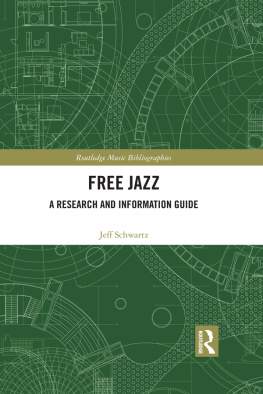

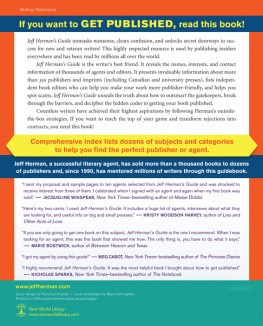
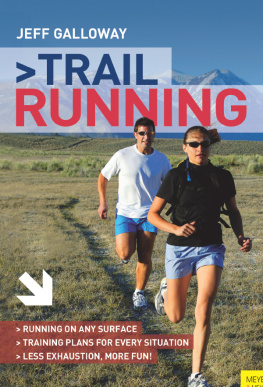
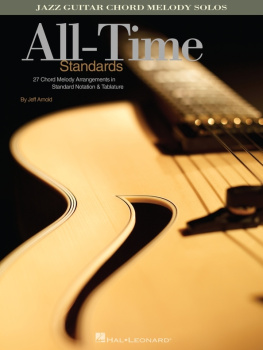
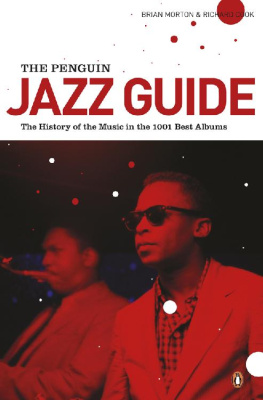
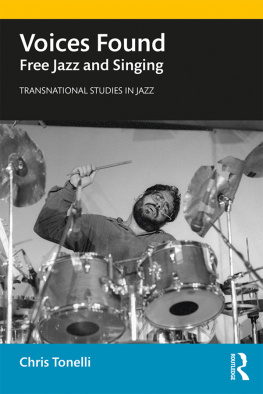
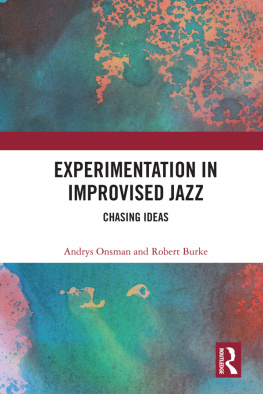
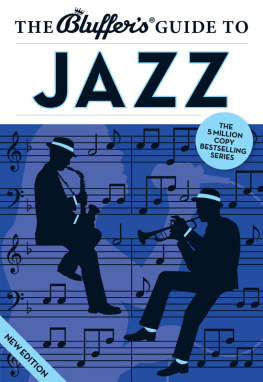
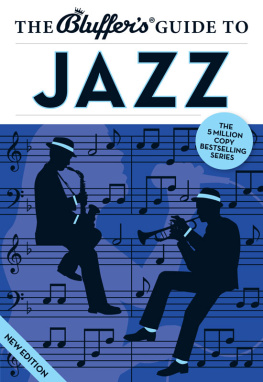
![Charles Schwartz [Charles Schwartz] - Who Changes Everything : Unlock The Secret That Will Transform Your Life](/uploads/posts/book/129962/thumbs/charles-schwartz-charles-schwartz-who-changes.jpg)